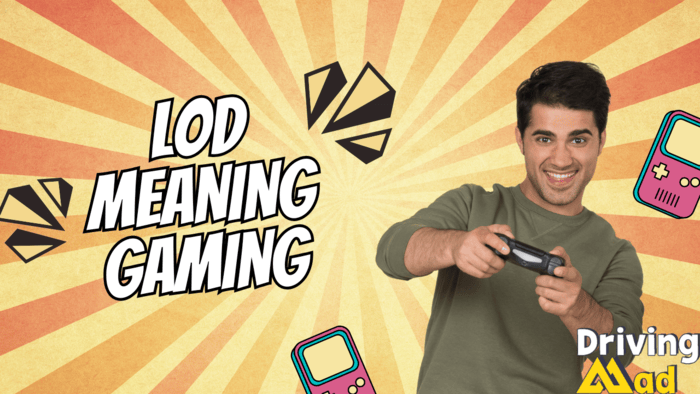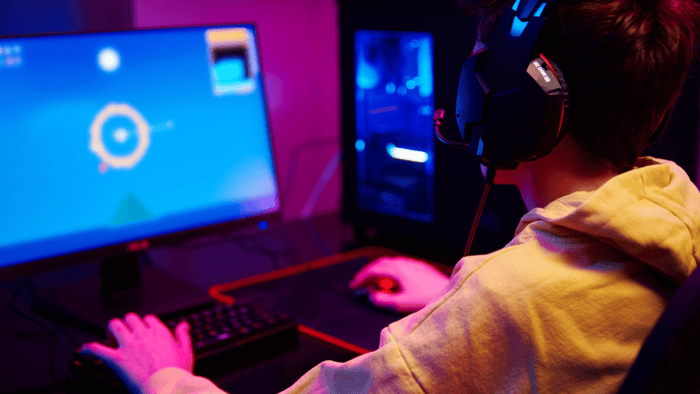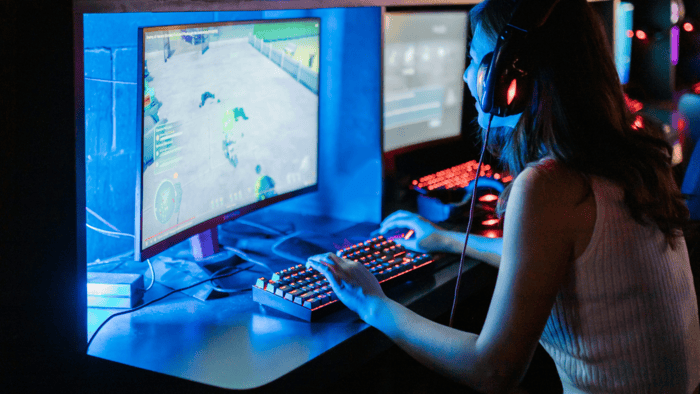In the gaming world, LOD stands for Level of Detail. It refers to a graphical technique used to improve the performance of a game by adjusting 3D models based on their distance from the player.
The closer an object is to the player, the more detailed and complex it appears, while objects farther away are rendered with lower detail.
This method optimizes system performance by reducing the workload on the graphics card and processor.

How Does LOD Work?
LOD dynamically adjusts how detailed objects look, based on their distance from the player’s viewpoint.
For example, a tree seen up close will have detailed textures, leaves, and branches.
But if the tree is far away, it will be simplified into a low-polygon model with fewer textures. This saves valuable processing power while still maintaining a visually pleasing environment.
Why is LOD Important in Gaming?

Performance Optimization: The primary purpose of LOD is to boost game performance.
By lowering the detail of distant objects, LOD reduces the computational power needed to render a scene, leading to higher frame rates and smoother gameplay.
Visual Quality: LOD helps games maintain high visual quality by allowing developers to focus on fine details for nearby objects, while distant elements can be less detailed without affecting the player’s experience.
Seamless Experience: LOD enhances the overall experience by making transitions between different levels of detail smooth and natural.
Although players might notice a drop in detail for faraway objects, good LOD implementation ensures that these changes are not jarring or distracting.
Key Concepts Related to LOD
- Polygon Count: The number of polygons (the building blocks of 3D models) used in an object. Lower LOD models have fewer polygons.
- Mipmapping: A technique that adjusts texture resolution for distant objects. It works hand-in-hand with LOD to reduce texture load and improve performance.
- Pop-in: The noticeable effect when an object suddenly appears in more detail as the player approaches. This is often the result of LOD systems adjusting the object’s detail level.
- Culling: This technique ensures that objects not visible to the player, such as those hidden behind obstacles, are not rendered, further saving system resources.
Applications of LOD

- Open-World Games: In games like The Witcher 3 and Grand Theft Auto V, LOD allows massive, detailed environments to run smoothly.
- First-Person Shooters: Games like COD and Battlefield utilize LOD to keep frame rates high and gameplay smooth, even during intense combat sequences.
- Virtual Reality (VR): LOD is especially crucial in VR, where maintaining high frame rates is essential for an immersive experience. By adjusting the level of detail in real-time, LOD ensures that VR games remain fluid and comfortable for players.
Conclusion
In summary, LOD (Level of Detail) is an essential technique in gaming that optimizes performance while maintaining visual quality.
By adjusting the complexity of objects based on their distance from the player, LOD ensures smooth and immersive gaming experiences.
It’s a critical part of game development that helps ensure vast open worlds, intricate characters, and high-quality environments are rendered without putting undue strain on the system.

